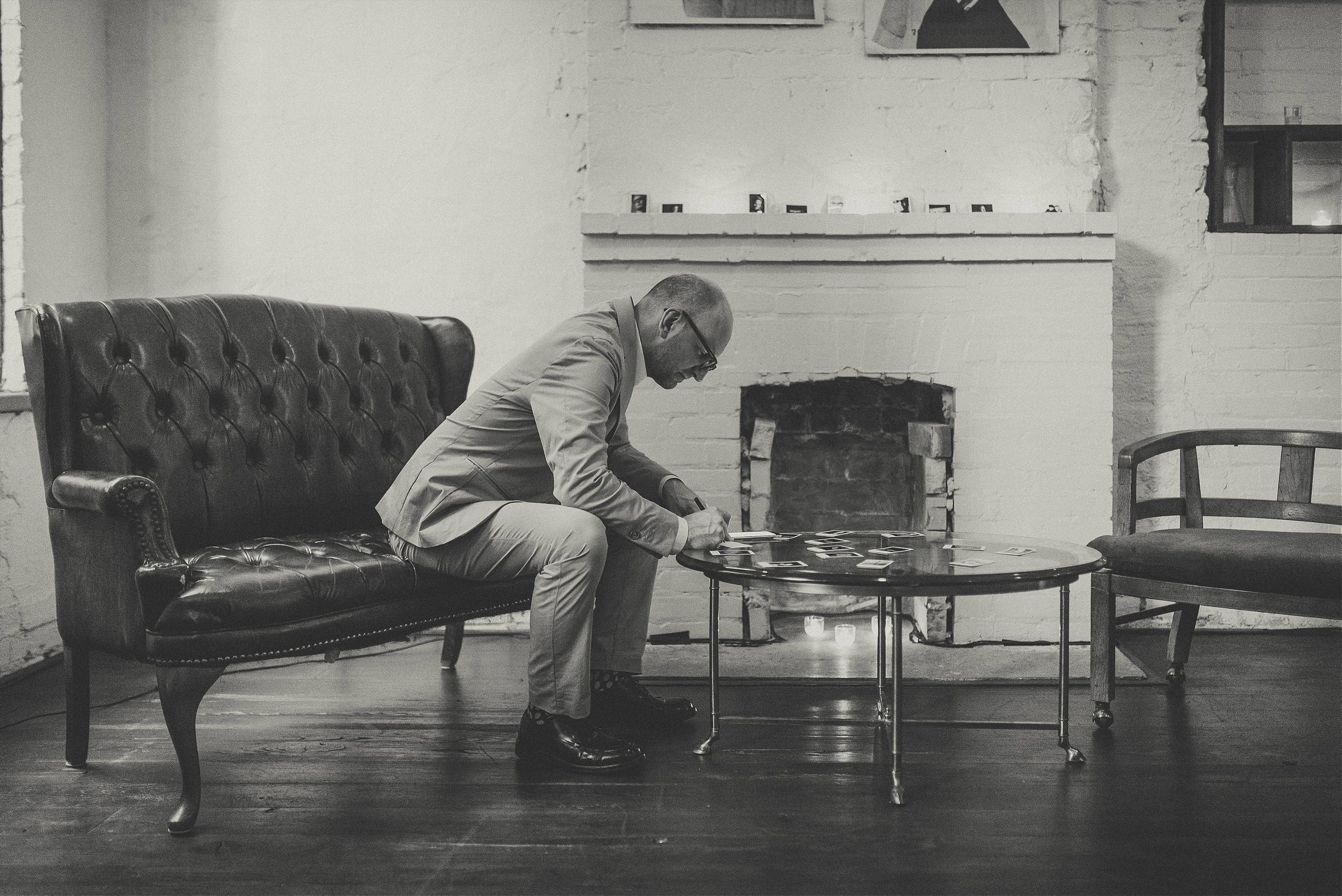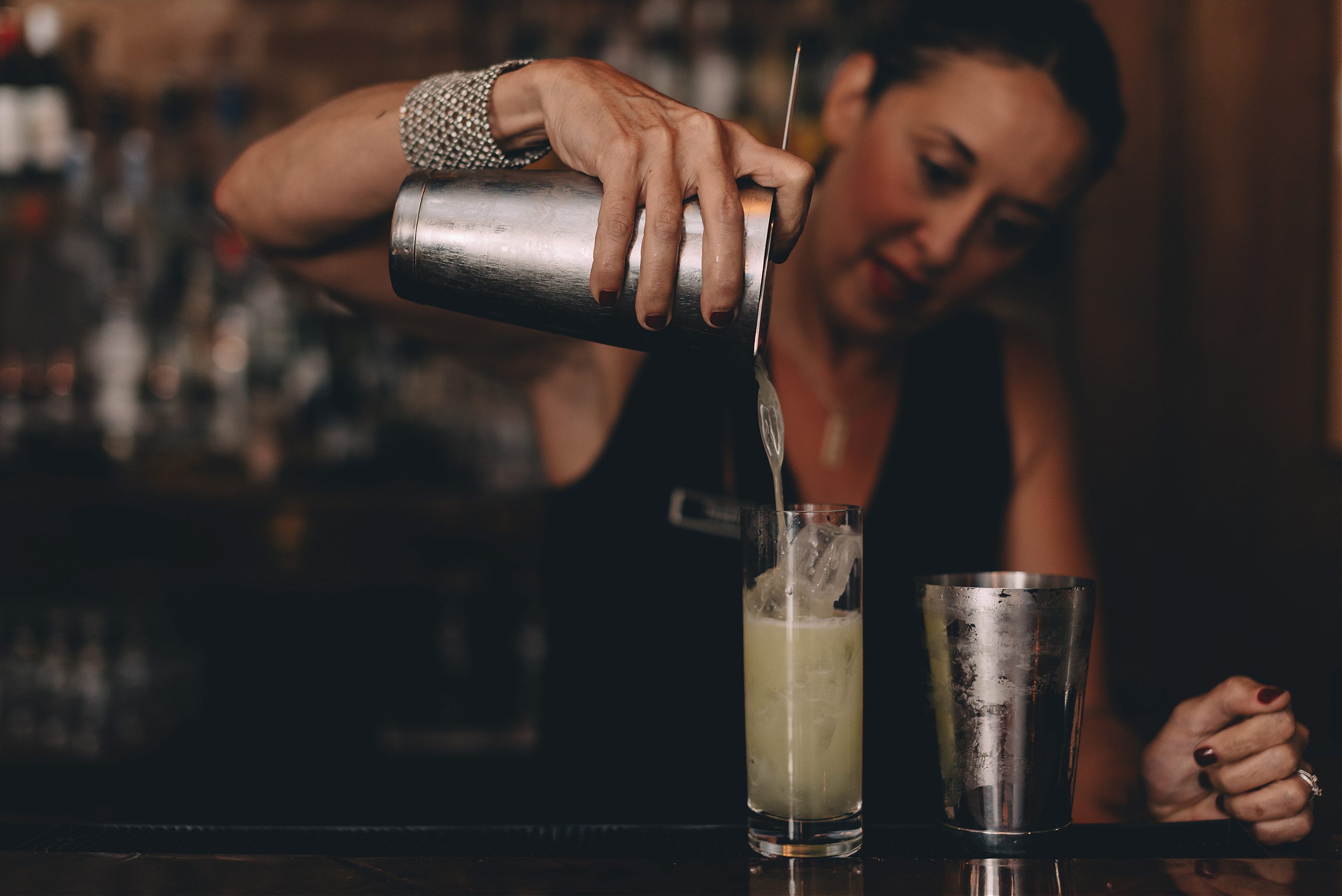How the director of Che and Traffic brought an unknown spirit to America.
In 2008, while filming his two-part Che Guevara biopic in Bolivia, the director Steven Soderbergh happened upon little known local spirit called singani. Although widely consumed in the South American country for almost five centuries, the grape brandy’s appeal had never stretched far beyond Bolivia’s borders, and certainly not to the United States. But when he tasted it for the first time, the Traffic and Ocean’s Eleven director knew he’d found something special.
Soderbergh spent nearly six months in South America working on Che, and a bottle of singani was never far from his hand. Even when the crew was filming outside of Bolivia they managed to develop a supply chain so that the editing room was always stocked with the spirit. “It was really personal and immediate,” Soderbergh told me of his first experience drinking singani. He was impressed with how smooth it was, with its floral notes and soft fruits. “As we were really getting near the end of the shoot, I was getting kind of sad. Like, ‘Oh, this is going to be the last of it.’”
Soderbergh brought back a supply of singani when he returned to the States. But his appreciation for the drink soon turned into an obsession, and he realized he wanted to spread the gospel of singani to a wider audience. So in January 2014 he debuted his own brand, Singani 63. He’s focused on expanding into cities with robust cocktail cultures, including New York, Los Angeles, San Francisco, Seattle, Portland, and Washington, D.C. The spirit has proved popular with bartenders, particularly those known for embracing new products and exotic ingredients, and the brand has sold as much through the first half of this year as it had sold all of last year.
In July, I met Soderbergh during a day of pouring rain in New Orleans, where he was attending Tales of the Cocktail, the spirit industry’s annual weeklong conference. Soderbergh was sitting on a couch in an empty lounge, the day after hosting a raucous party dubbed The Crescent City Affair, which served as one of the official Spirited Dinners hosted during the festival.
Soderbergh, who has been on a hiatus from the film industry since 2013, was in town pounding the pavement to promote his product. “At the end of the day, everybody’s gotta make their case,” he told me.
The director briefed me on the drink’s backstory. Singani is made from the Muscat of Alexandria grape, which took a circuitous route to Bolivia, from Egypt to Spain, and then to South America via Spanish missionaries. “It finds its way to Tarjia”—a highland city in southern Bolivia—“where the altitude and terrain are so extreme that this particular grape has to struggle to survive and in doing so builds up an abnormally thick skin, which is where all the aromatics are,” Soderbergh said. “So just by chance, this grape finds the perfect place to be.”

Vineyards growing the grape must be at elevations of 5,250 feet or higher, located within four of the nine Bolivian Departments, the primary subdivisions of the country. Tarija, capital of the Tarija Department, is the hub of production.
The U.S. Alcohol and Tobacco Tax and Trade Bureau (TTB) doesn’t yet recognize singani as its own regulated category. That’s an issue that importers like Soderbergh are still working on—having a category is crucial for everything from consumer recognition to proper placement on a store shelf. In the meantime, singani is simply slotted into place as a brandy. “The downside of is that I don’t think it’s accurate, and we spend a lot of time telling people what it’s not,” Soderbergh said.
Although singani remains virtually unknown in the U.S., Soderbergh hopes it can emulate the success of other South American spirits like pisco and cachaça, which are growing in popularity in cocktail bars across the country. Singani 63, named for Soderbergh’s birth year and lucky number, was a passion project for the Hollywood director. Several additional singani brands have since appeared in the U.S., including Rujero and Los Parrales. Others will surely follow, yet there are only five major producers in the whole of Bolivia, and therefore a finite level of supply.
One of those five producers is Casa Real, the company that distills and bottles Singani 63. Casa Real has been owned by the same family for four generations. The grandfather of the current owner, Luis Pablo Granier, was the first person to industrialize singani production in 1925, Soderbergh said.
Soderbergh discovered Casa Real “totally by accident,” he said—it was the variety he was gifted. He believes that had he been given a bottle from a different producer, it wouldn’t have taken such a hold of him. “I don’t think this story happens either. Having now tasted the difference, the reaction I had to that is not the reaction I would have had to the other ones. I would have liked them, but they were not this.”
Singani is typically double distilled in copper pot stills, and in the case of Casa Real, traditional Cognac alembic stills. The shape and style of the still make a large impact on the final quality and profile of any spirit, and Casa Real touts their stills as a major point of differentiation. After distillation, the spirit is usually rested in stainless steel tanks before bottling. Singani 63 is rested for nine months in the tanks. The result is soft and floral, with tropical fruits and touches of black pepper.
“As a vodka drinker, this amazed me,” Soderbergh told me. “I’m used to drinking vodka on the rocks, and I’m used to the burn. I like to get to the end zone fast. I’m a hard liquor guy.”
I was thinking this is my thing. This is all I want to drink.
He knocked back his first few glasses and had a revelation. “I went and found [the man who gave it to me] and searched him out and was like, ‘Wait, what is this?’” Soderbergh said. He learned that singani was the national drink of Bolivia, and that his friend happened to have a connection to Casa Real. “And I was just immediately knocked out and was just thinking this is my thing. This is all I want to drink.”
Because he enjoyed it on the rocks, Soderbergh never thought of singani cocktails. In fact, singani is an adaptive spirit that can be used in all sorts of libations, replacing gin, vodka, rum, whiskey, and other brandies.
For instance, while speaking with Soderbergh, I sampled the spirit both as a replacement for rum in a crisp, clean daiquiri, and as a stand in for rye whiskey in a Vieux Carre. While in New Orleans, Soderbergh himself tried a singani Bloody Mary made by the crew at the Hotel Monteleone’s Carousel Bar. At his party, celebrated bartenders such as Ivy Mix and Julie Reiner deployed the spirit in elaborate and creative signature concoctions.

“What’s been shown to be exceptional about it is its ability to key off of what it’s being used with, without ever sort of demanding the center of the stage,” Soderbergh said. “It lays back. ‘Hey man, I’ll just key off what you’re doing.’ It’s egoless.”
There are serious challenges ahead for the brand, however. The spirits market is densely packed with competitors. There’s the head-to-head fight against other singani brands; the battle against other exotic spirits, the piscos and cachaças, who have a head start on the category; consumer loyalty to whiskey, vodka, and gin; and the deluge of thousands of craft distilleries in the United States alone.
Simply put, there are only so many dollars to be spent on booze, only so much space on store shelves or along the back bar. Soderbergh himself knows this, and as he acknowledged it’s up to him to make the case for Singani 63. He’s in charge of everything from bottle design to social media messaging to cocktail names. Even as he’s toying with the idea of selling a stake in the brand to a large spirits company to provide added funding and infrastructure for expansion, he won’t give up creative control over the brand.
“The one sentence log line is it’s a 500 year old spirit that you’ve never heard of, and we refer to ourselves as the 500 year start up,” Soderbergh said. “We’re lucky in one sense that at least we do have that legacy. We do have that history to call upon, and a story to tell.”